The Big Five is an old term used by colonial-era hunters in Africa for the most prized and dangerous animals to shoot and kill: elephant, rhino, leopard, Cape buffalo and lion.
I think there’s a better idea: to celebrate the animals we share the planet with via photography. That’s why I created the New Big 5 project, an international initiative to create a new ‘big five’ of wildlife photography, rather than hunting. Shooting with a camera, not a gun.
What is the New Big 5 project?
In 2019, before the pandemic hit, I started discussing the idea with photographers, conservationists and wildlife-lovers, including Jane Goodall, Chris Packham, Ami Vitale and Marsel van Oosten, all of whom have backed the project. We kickstarted it in April 2020. Over this difficult last year, it’s been great to see people around the world getting excited about this positive idea and voting on the New Big 5 website for the species they wanted to be included in this alternative concept.
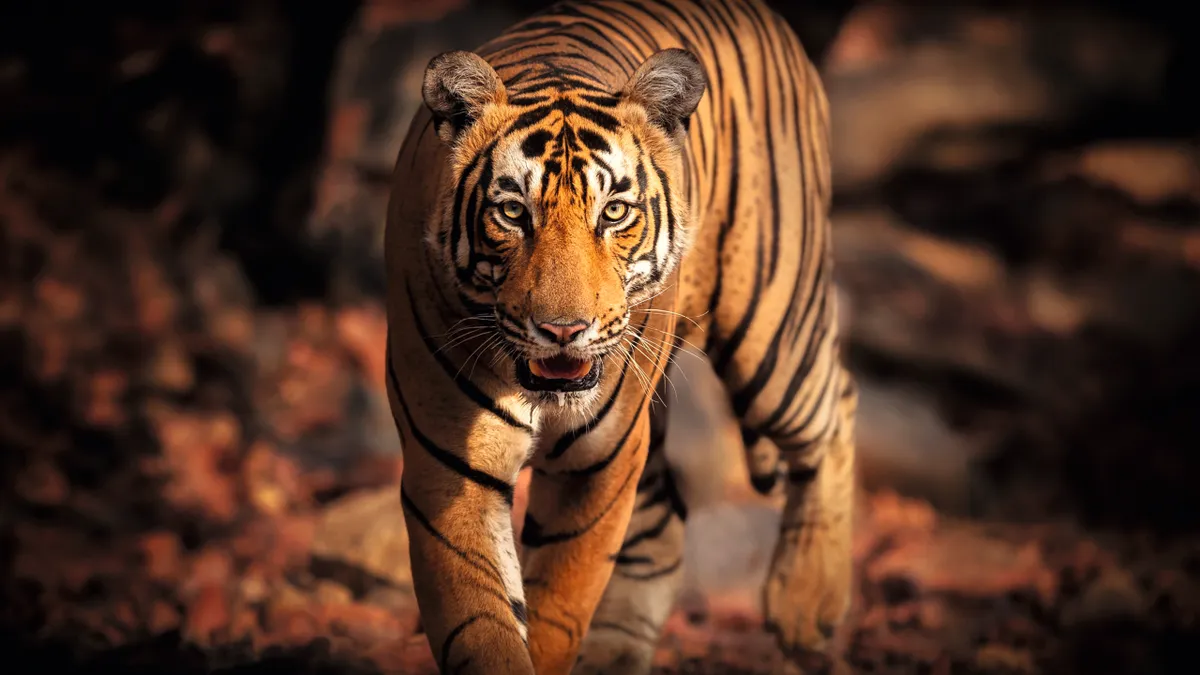
The New Big 5 was never intended as an anti-trophy hunting campaign. Personally, I’d like to live in a world where animals aren't hunted for fun. But there are far greater threats to wildlife than trophy hunting. As a wildlife photographer and journalist, I’ve seen many of the issues first-hand.
Working with wildlife charities, such as Save The Elephants, WWF, Lion Recovery Fund, African Wildlife Foundation, Orangutan Foundation and many more, I wanted to use the project and website to draw attention to these problems, with articles, interviews and podcasts on subjects from habitat loss to the illegal wildlife trade and conservation solutions, from tech to rewilding.
Wildlife photography and conservation are white-dominated areas, and it was really important to me that the project also represented the diversity of people working in these fields, including female and black and Asian photographers and conservationists, from Botswana to China. I’m grateful to everyone who took part and made the project what it is.
Which species are the New Big 5?
More than 50,000 people voted and the results of the year-long global vote are now in:
- Elephant
- Polar bear
- Tiger
- Lion
- Gorilla
“We now have the results of the New Big 5 project. These five animals are such beautiful and remarkable species, and are wonderful ambassadors for the world's wildlife, from iconic species to little-known frogs, lizards, fish and birds,” says Dr Jane Goodall. “So many face threats to their survival from issues such as poaching, habitat loss and climate change. A million species are at risk of extinction. If we work together, we can stop this happening. There is always hope. Change is possible if we each play our part.”
All five iconic animals are essential to the balance of nature, with other species of fauna and flora dependent on their continued existence, and vice versa. These animals are also essential to the state of the planet (healthy forests, clean water and air…), so their future is our future too. The world will be a far worse place without them, for all of us.
Meet the New Big 5 wildlife species
1
Elephant
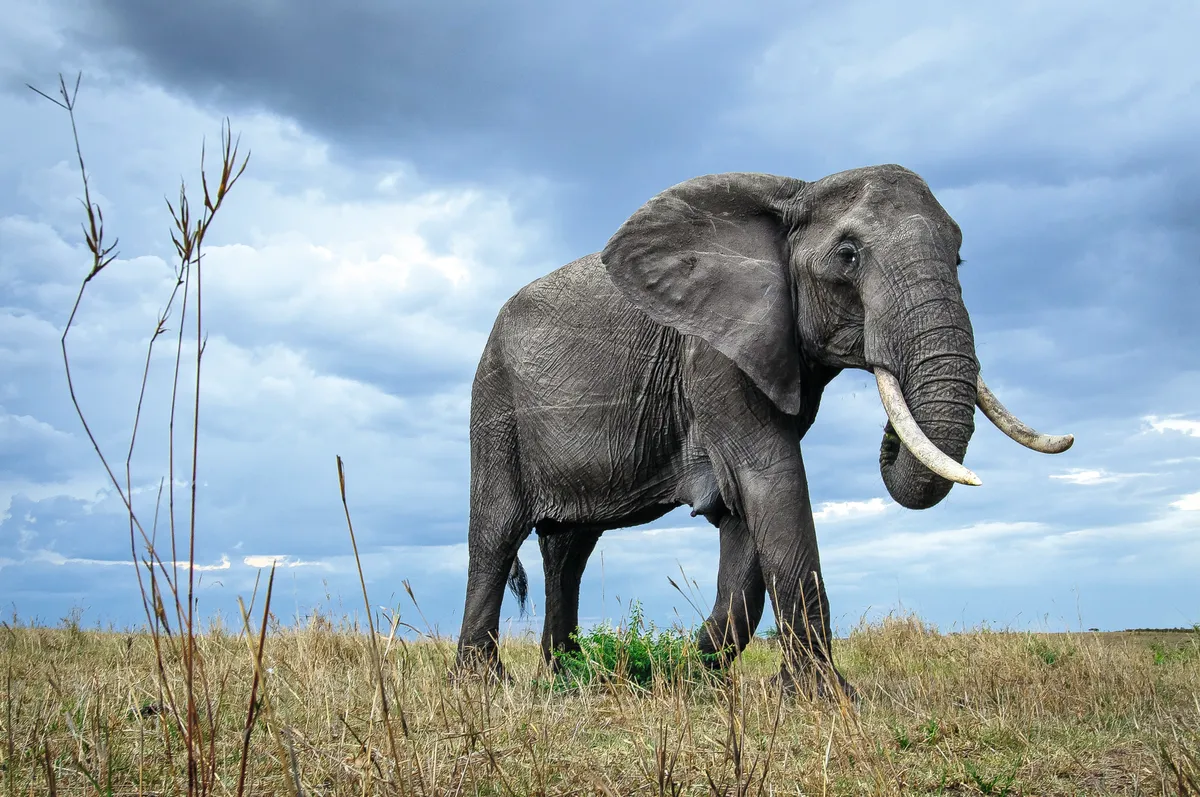
Championed by Dr Paula Kahumbu, CEO and founder of Wildlife Direct.
Despite their popularity, elephants are in grave danger. This year, the IUCN announced that the African forest elephant (Loxodonta cyclotis) is Critically Endangered, slipping rapidly towards extinction, and the African savanna elephant (L. africana) has Endangered status.
The demand for ivory has triggered a catastrophic slaughter across Africa, threatening economies, livelihoods and age-old cultural connections to elephants. Another major threat to elephants is loss of habitat. The sad reality is that the economic value of crops often out-competes the value of intact healthy ecosystems and cultural connections to nature.
Losing elephants would mean we lose an ancient relationship with a species that we evolved with, one that we haven’t yet even begun to fully comprehend.
2
Polar bear
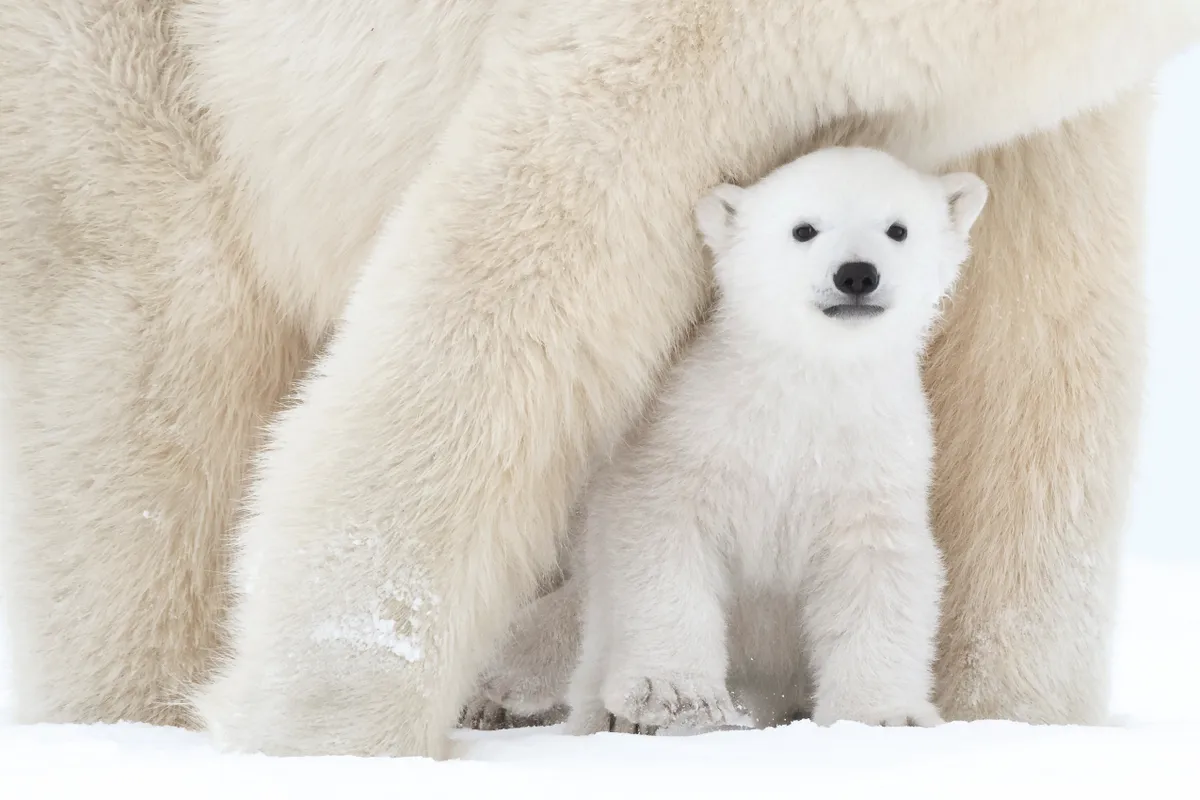
Championed by Krista Wright, executive director of Polar Bears International.
Polar bears are unlike any other bear on earth in that the frozen ocean is literally essential to their survival. Sea ice forms the base of the Arctic food chain. As the top predator, polar bears are an indicator species.
Impacts on polar bears will consequently almost certainly mean that all other species that depend on Arctic sea ice are being impacted as well. Yet many of these species live under the ice where it’s almost impossible to study them.
The greatest threat to polar bears is sea ice loss due to climate warming. Polar bears need sea ice to travel, hunt, mate and sometimes den. But Arctic sea ice has been declining at a rate of 13% per decade relative to the 1981-2010 average.
Learn more about polar bears:
3
Tiger
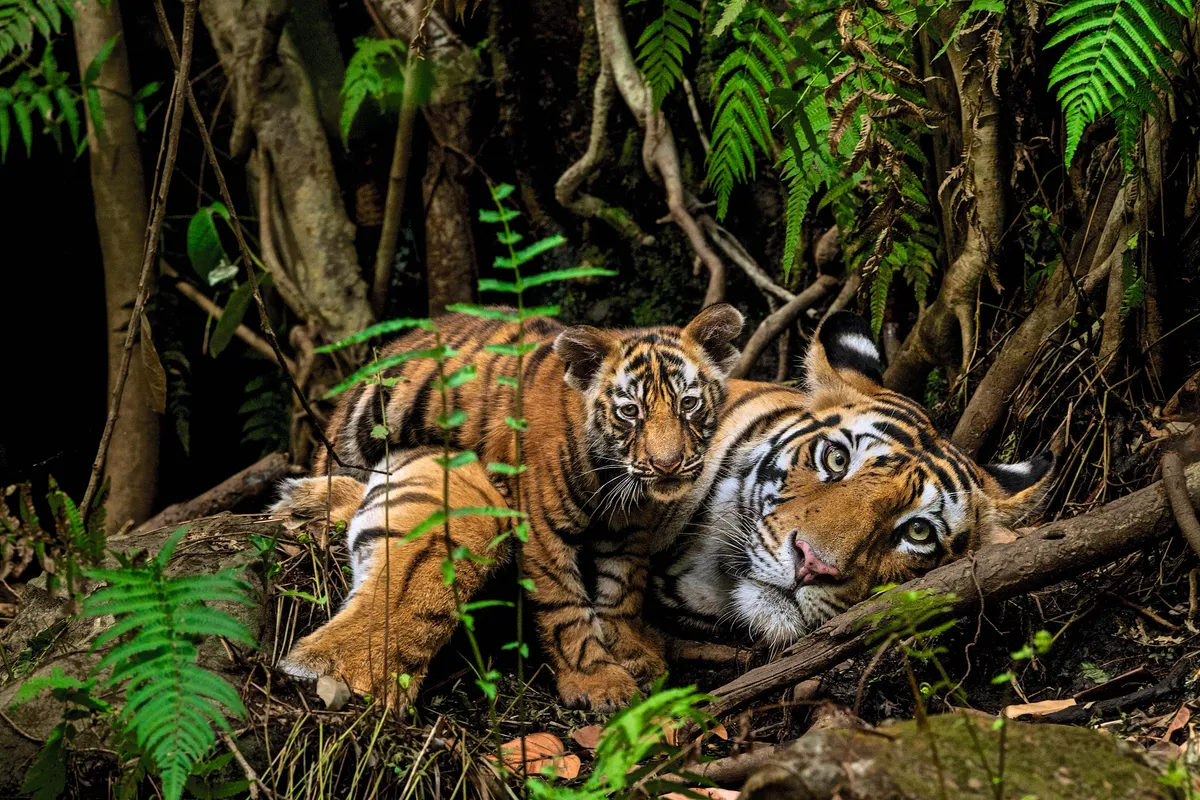
Championed by Vivek Menon, founder and executive director of Wildlife Trust of India and senior advisor to IFAW.
Tigers are the kings and queens of Asian forests. Everything about the tiger is majestic. It’s a keystone species of temperate and tropical forests from the Russian Far East to India and even up to the island of Sumatra. It’s also a flagship species for the conservation of these habitats and all other life that exists in them.
Unfortunately, tigers number fewer than 4,000 globally. Despite global conservation efforts, poaching for its body parts has taken a heavy toll on an animal already threatened by forest loss and degradation, by the fall in its prey numbers, due to hunting, and by human-animal conflict. Tiger habitats in places like Sumatra are rapidly disappearing, while low prey numbers in the Russian Far East remain a major threat.
4
Lion
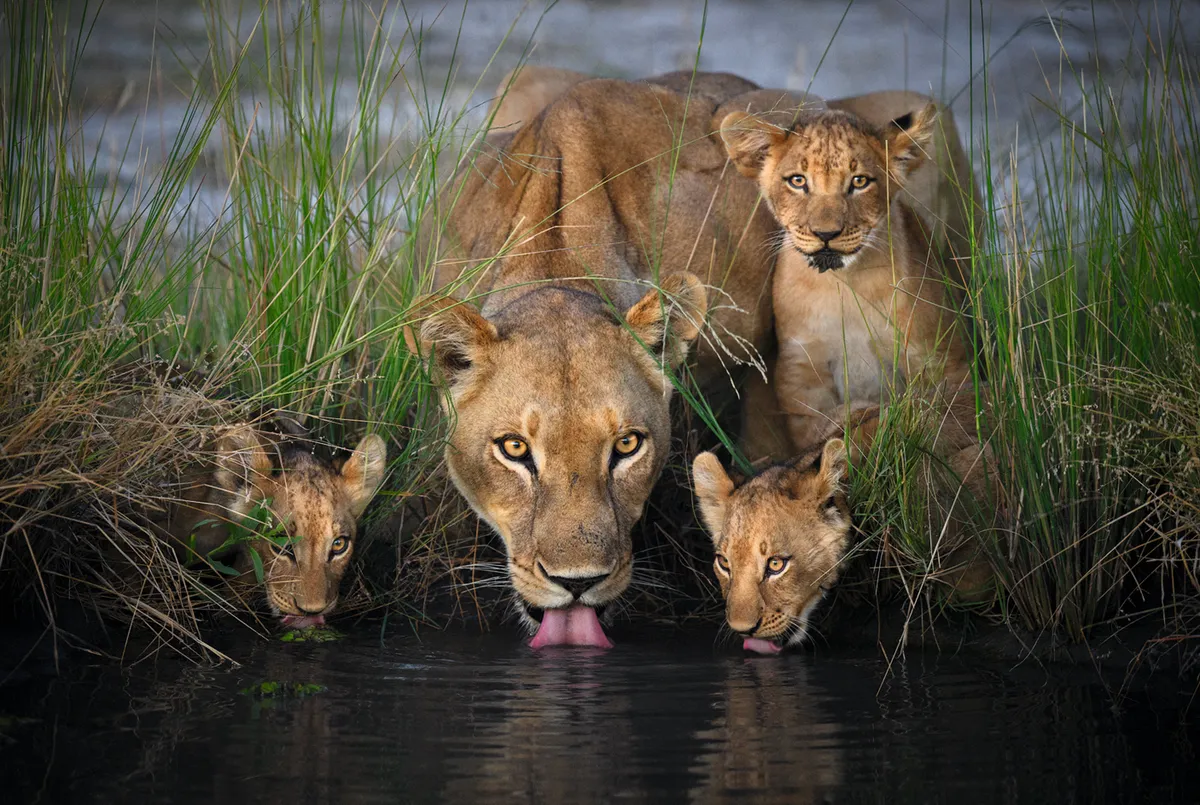
Championed by Dr Shivani Bhalla, founder and executive director of Ewaso Lions.
Africa’s lions have disappeared from 92% of their historical range and it’s estimated that there are between 20,000 and 30,000 lions remaining across the continent. I’m so excited that lions are in the New Big 5 because they need all the attention they can get.
Lions are facing numerous threats. They’re struggling to find sufficient space, coming into contact with local communities and livestock (often resulting in killing livestock, then being killed in retaliation), climate change has meant degraded landscapes, and bushmeat snaring is also a serious threat.
Lions are icons of what it means to be wild. The lion inspires people to do greater, be greater. For Kenyans, lions are on our coat of arms and we invoke their spirit every day. Lions mean more than we know. We can’t let them disappear.
Learn more about lions:
5
Gorilla
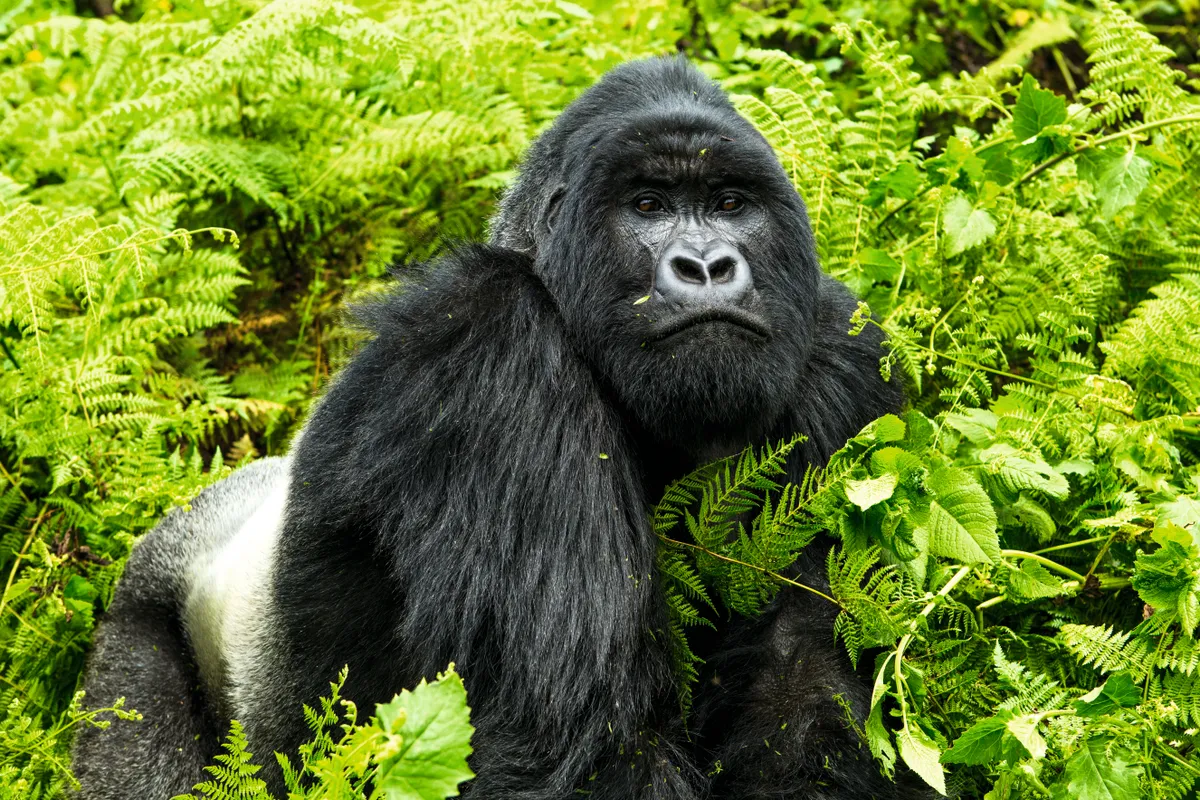
Championed by Dr Tara Stoinski, president, CEO and chief scientific officer of the Dian Fossey Gorilla Fund.
When Dian Fossey began her groundbreaking research in the 1960s, there were a few hundred mountain gorillas (Gorilla beringei beringei) left. Decades of conservation action in Rwanda, Uganda and DR Congo has resulted in an all-to-rare success story: mountain gorilla numbers are increasing. But with just over 1,000 remaining, this success is fragile. They remain a conservation-dependent species.
Their cousins, the Grauer’s gorillas (Gorilla beringei graueri), are facing a dire future. They’re only found in DR Congo. The majority live outside of national parks, with no formal protection. In the past 25 years, their numbers have plummeted by about 80%, primarily a result of poaching. Fortunately, local communities are working to secure ownership over their lands and protect these globally important forests and biodiversity.
